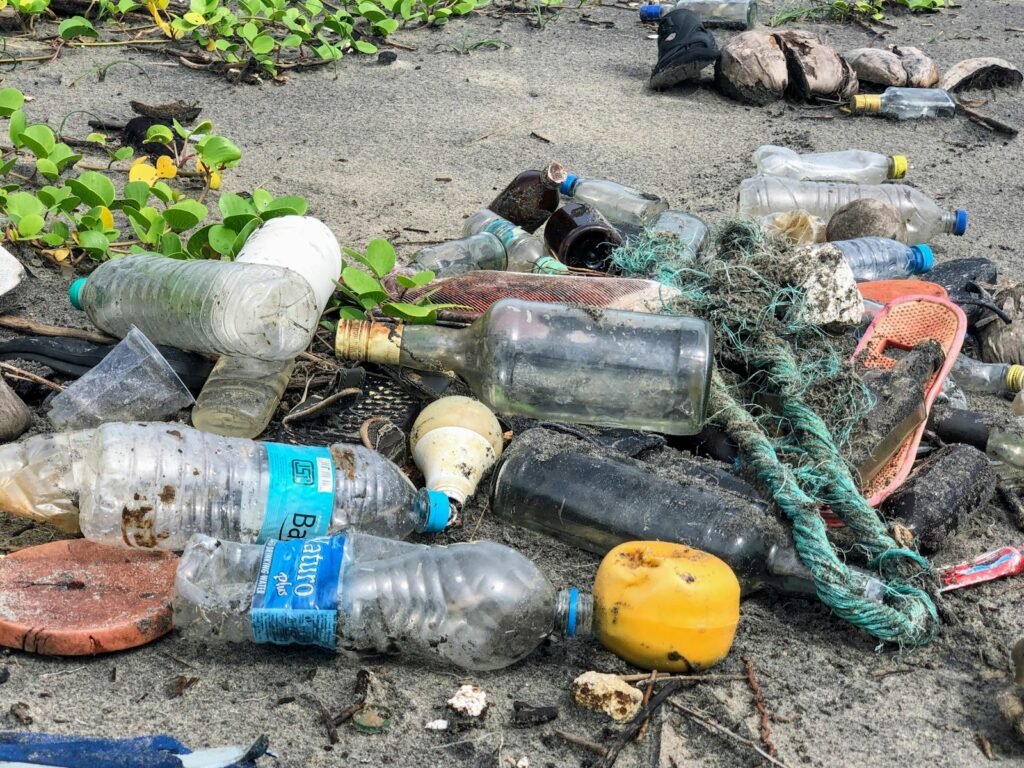Producing paper is a resource-intensive process that takes a significant toll on the environment. From deforestation to water consumption, every step in the lifecycle of paper has lasting consequences. Trees are cut down to provide raw materials, disrupting ecosystems and reducing biodiversity. The manufacturing process also consumes large amounts of energy and releases greenhouse gases, contributing to climate change.

In addition, paper production uses a considerable amount of fresh water, which is increasingly scarce in many regions around the world. Chemicals used during processing can contaminate soil and water sources, leading to long-term environmental damage. When compared to digital alternatives, the carbon footprint associated with paper use becomes even more evident, especially when considering transportation and disposal.
Economic Benefits of Going Digital
Switching from physical to digital formats offers a range of economic advantages that extend beyond just saving trees. One of the most immediate benefits is cost reduction. Printing, toner, and office supplies can add up over time. By embracing digital tools such as cloud storage solutions and e-signature platforms, individuals and businesses can significantly cut down on these recurring expenses.
Moreover, transitioning to a paperless environment reduces the need for physical storage space, which not only saves money but also helps maintain an organized workspace or home. Digital systems allow for seamless access to information, improving productivity and efficiency without the overhead of managing stacks of paperwork. These savings are particularly impactful when scaled across large organizations or over time.
Health and Convenience Benefits
Going digital can have a positive impact on personal health as well. Traditional paper production involves the use of various chemicals such as bleach, dyes, and solvents that may pose risks to human health. Reducing reliance on paper minimizes exposure to these substances, offering a safer alternative for everyday living.
In addition to health benefits, digital formats provide greater convenience in accessing and organizing information. Whether it’s managing personal finances through e-bills or staying updated with the latest news via digital subscriptions, modern technology makes it easier than ever to stay connected without the need for physical copies. Digital tools also enable quicker sharing and collaboration across distances, making communication more efficient.
How Going Digital Encourages Sustainable Habits
Embracing a digital lifestyle can inspire broader sustainable habits that extend beyond just reducing paper use. It fosters a mindset of minimalism by encouraging people to reduce clutter and focus on what truly matters. When individuals take the step towards a paperless life, they often become more mindful about their overall consumption patterns.
Digital tools also provide an opportunity for greater transparency in one’s environmental impact. There are various platforms that allow users to track and monitor how much paper they use on a daily or monthly basis. This awareness can lead to more conscious decision-making and inspire others to follow suit, creating a ripple effect of positive change within communities.
Tips for Transitioning to a Digital Lifestyle
Making the shift to a digital lifestyle doesn’t have to be overwhelming. Start with small changes that are easy to implement and build from there. One effective step is to opt for e-bills and e-tickets instead of their paper counterparts, which reduces waste while maintaining convenience.
Subscribing to online magazines or reading digital books can also help cut down on unnecessary paper use. Additionally, utilizing document scanning apps allows individuals to convert physical documents into digital formats that are easier to store and access. For those who work in an office environment, advocating for the adoption of paperless policies within the workplace or school setting can lead to significant improvements in sustainability.
Challenges and How to Overcome Them
Despite the many benefits, transitioning to a fully digital lifestyle may come with its own set of challenges. One common concern is the digital divide—accessibility issues that prevent some individuals from benefiting from digital tools. It’s important to address these disparities by seeking out community resources or government programs that provide access to technology.
Another challenge lies in ensuring the security and privacy of digital documents, especially when dealing with sensitive information. Investing in secure platforms and learning how to protect personal data can help alleviate these concerns. Additionally, some people may be hesitant to change from traditional methods due to a lack of familiarity with new technologies. A gradual transition that includes education and support can make this shift more manageable.
Real-World Examples of Digital Transformation
Many individuals and organizations have successfully made the switch to digital formats, demonstrating the practicality and effectiveness of such changes. Schools, for instance, have implemented paperless classrooms by using tablets and digital textbooks, which not only reduces waste but also enhances learning experiences through interactive content.
Businesses have also benefited from going paperless by streamlining operations with cloud-based document management systems. These real-life examples show that reducing paper use is not just an environmental win—it can lead to improved efficiency, cost savings, and a more organized way of living or working.
Final Thoughts
Adopting a digital lifestyle offers numerous advantages that span across personal health, economic efficiency, and environmental sustainability. Each step taken toward reducing paper use contributes positively to the planet while enhancing daily life through greater convenience and organization. Embracing these changes can have a ripple effect, influencing others to consider their own impact on the environment.
By making conscious choices today, individuals can play an active role in shaping a more sustainable future for generations to come. Every digital document saved is a small but meaningful contribution toward reducing waste and protecting natural resources.







